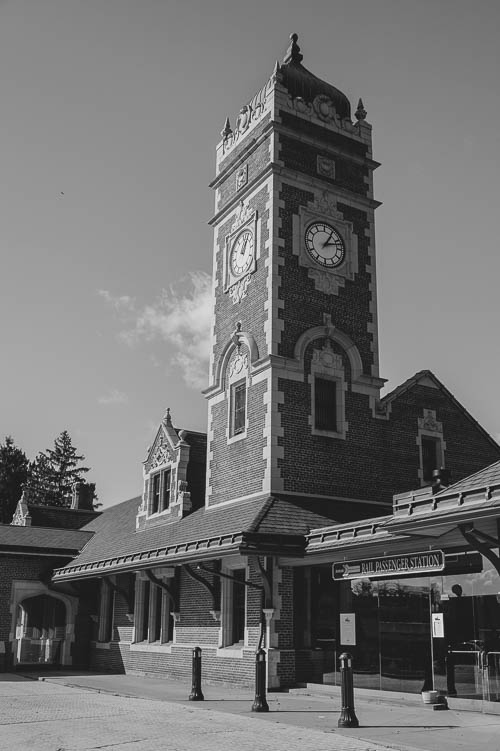
I have family who lived in the Greensburg-ish, Pennsylvania, area in the early 1900’s. A bunch of them died young and / or poor, so I can’t tell you much about them. However, because of them, I got stuck on Western PA history.
I read this historical fiction novel titled “Remember the End” by Agnes Sligh Turnbull. Turnbull was a New York Times bestselling writer from New Alexandria, PA.
Turnbull graduated from Indiana University of Pennsylvania (IUP). (My sister, a double IUP grad, told me that IUP used to have a Turnbull Hall. This got knocked down and replaced with a parking lot.)
Anyway, Turnbull wrote Remember the End. This novel began in the late 1800’s in Scotland, then moved to the Greensburg area, then ended in Greensburg around 1917.
(The book didn’t actually list dates. I only knew that the book ended around 1917 because at the end of the story, several of the characters talked about fighting in the War (World War I). The War started in 1914. The United States entered the War in 1917. )
At the very beginning of Remember the End, (the very poor) Alex McTay left his home in Scotland. He emigrated to Pennsylvania. He fell in love with Maggie, a (poor, but not quite as poor) Westmoreland County horse trader’s daughter.
Alex married Maggie. He opened coal mines. He became a millionaire before his 35th birthday. He built a fancy home for Maggie in Greensburg.
I think that Turnbull based the protagonist on a hybrid of Andrew Carnegie and Henry Clay Frick. At one point in the story, McTay referred to Andrew Carnegie as his hero or his role model or something.
Unlike Andrew Carnegie, McTay didn’t become a philanthropist.
McTay deliberately ruined his business rival’s life after the rival humiliated him at a fancy Greensburg party.
Remember the End haunts me because my family lived in Western PA during this same time frame. Fictional Alex McTay’s fortune could very well have been built upon my family’s backs.
I posted above a photo of Greensburg’s train station. The Pennsylvania Railroad built this station in 1912. So, if Alex McTay existed in real life, he and his family could have travelled through this station. Did Turnbull visualize Alex McTay in this station?
Turnbull is now buried in New Alexandria. Remember the End is now out of print. I purchased my copy used.